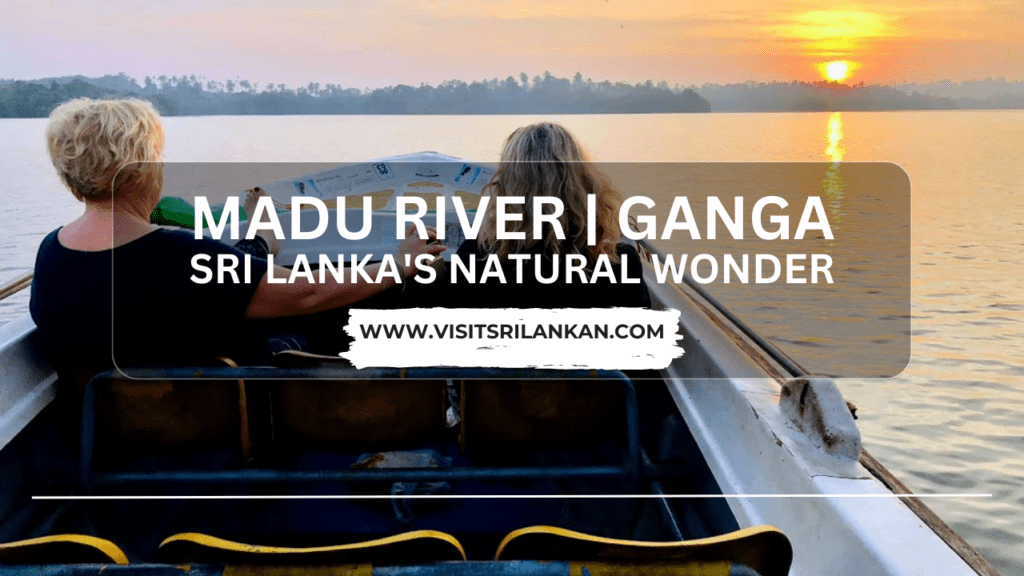Introduction
Nestled in the enchanting island nation of Sri Lanka, the Madu River stands as a captivating natural wonder, weaving its way through lush landscapes and diverse ecosystems. This majestic river is a testament to the extraordinary beauty that Mother Nature has bestowed upon the region. In this article, we will embark on a journey to explore the mesmerizing charm of the Madu River, understanding its significance, history, and the vibrant life it sustains. So, let’s set sail and immerse ourselves in the tranquil allure of the Madu River.
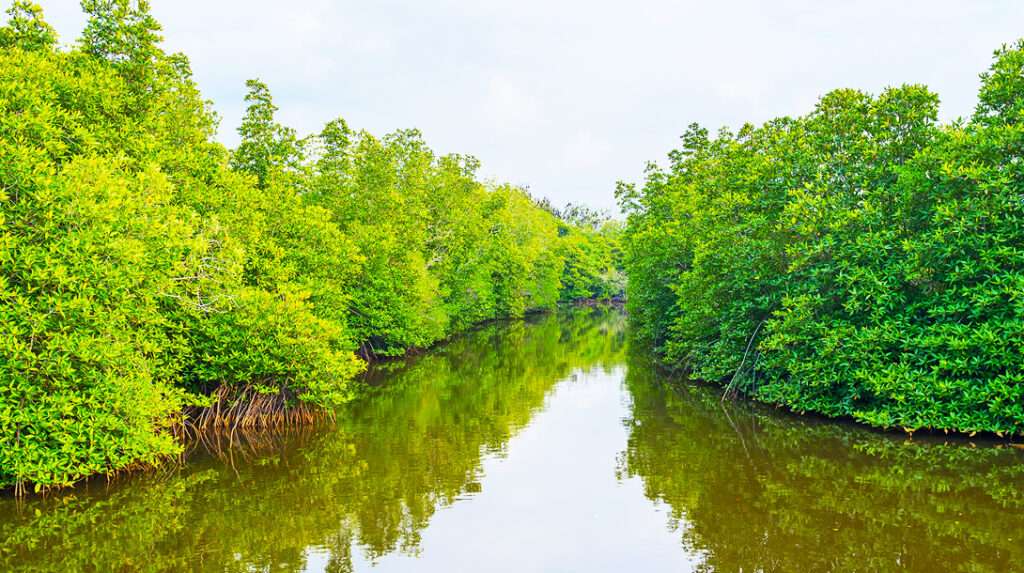
1. The Rich History of the Madu River
The Madu River holds a storied past, dating back centuries. Historically, it served as a crucial waterway for the inhabitants of Sri Lanka, supporting various activities like transportation and trade. The river’s banks were once inhabited by ancient civilizations, leaving behind remnants of their existence in the form of archaeological discoveries.
2. Biodiversity and Wildlife Along the River
As we meander through the winding path of the Madu River, we encounter a wealth of biodiversity and thriving wildlife. The river basin boasts an impressive array of flora and fauna, making it an ecological hotspot. Mangrove forests fringe the riverbanks, providing a vital habitat for numerous species of birds, reptiles, and marine life.
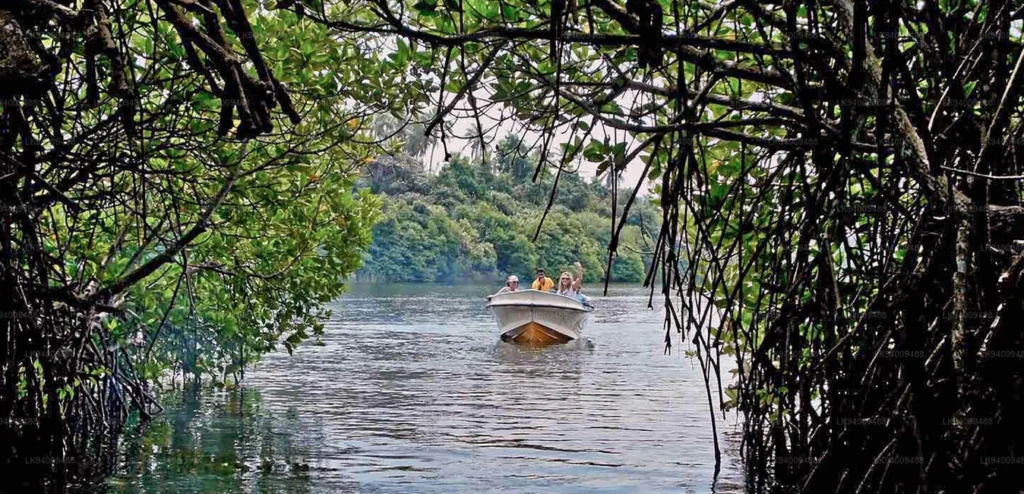
3. The Allure of the Mangrove Forests
The Madu River is renowned for its extensive mangrove forests, which contribute significantly to the region’s ecological balance. These unique ecosystems play a vital role in protecting the coastline from erosion, acting as a buffer against storms and tidal surges. Moreover, they serve as breeding grounds for various marine species, supporting local fisheries and biodiversity.
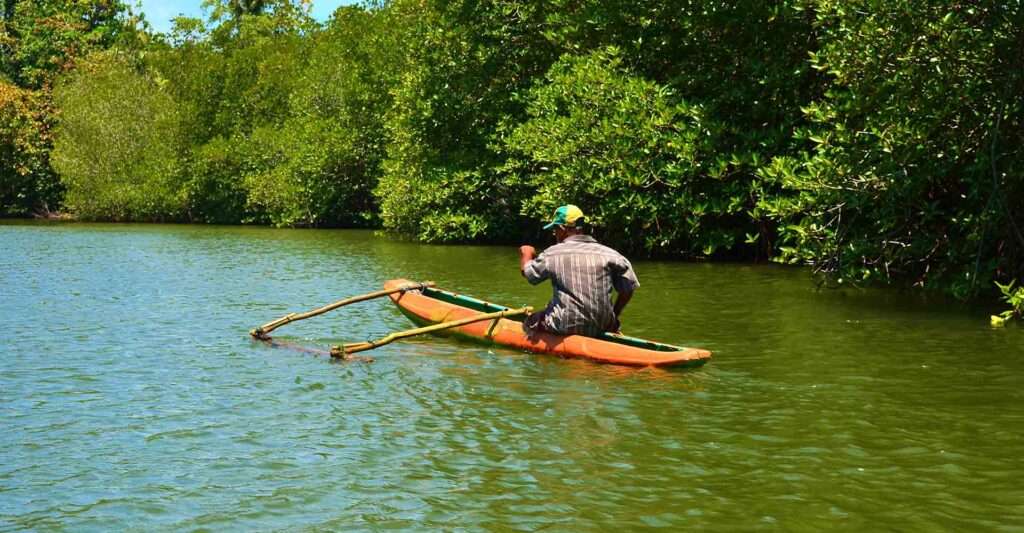
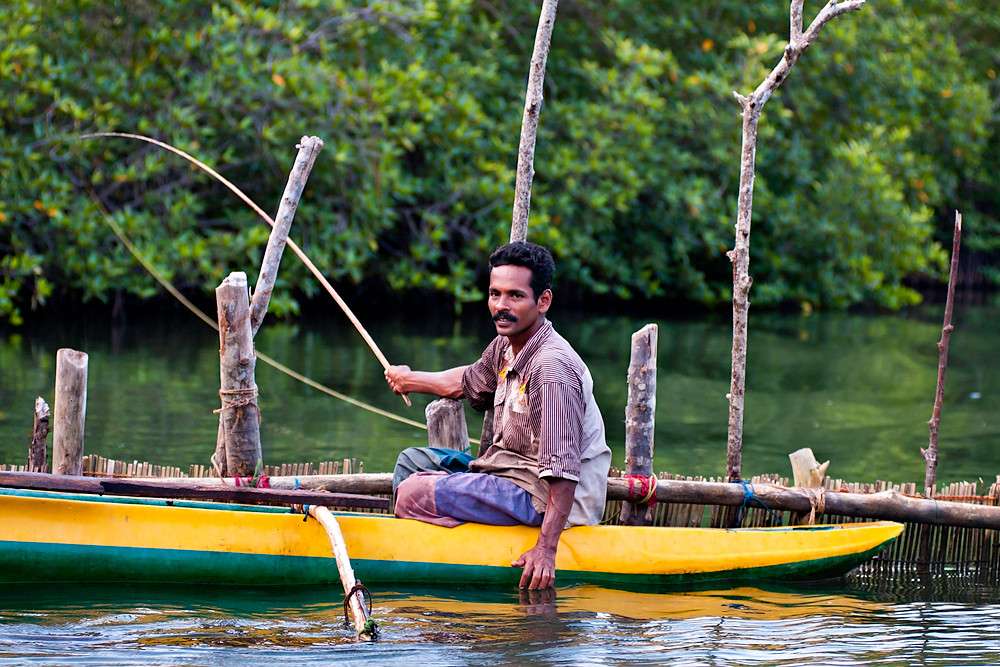
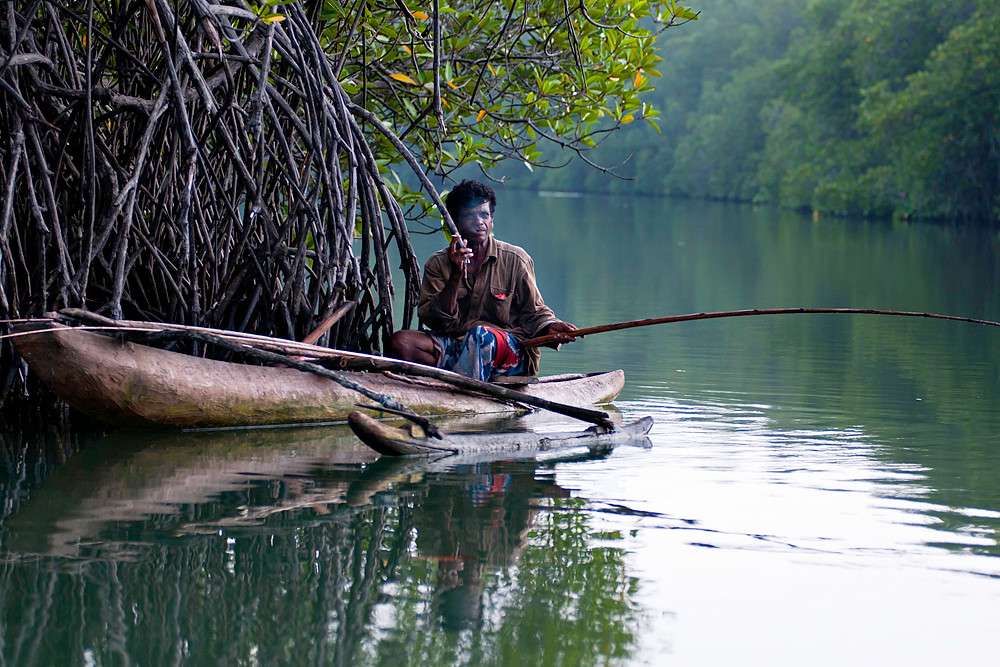
4. A Boat Safari Adventure
One of the best ways to explore the hidden treasures of the Madu River is through a boat safari. Visitors can embark on a serene boat ride, navigating through the twisting channels and under the canopy of mangroves. The boat safari allows you to witness the diverse wildlife, spot vibrant birds, and observe local fishermen engaging in traditional fishing practices.



5. Temple Island: A Spiritual Oasis
Within the Madu River lies the enchanting Temple Island, home to an ancient Buddhist monastery. Accessible by boat, this island offers a serene retreat where visitors can experience tranquility and immerse themselves in the spirituality of Sri Lanka.
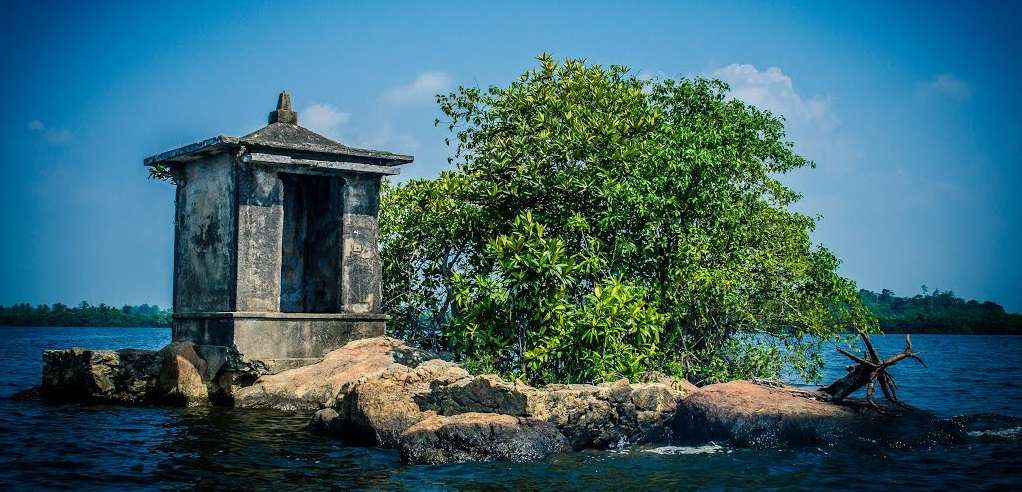
6. Madu Ganga Wetland: A Ramsar Wetland Site
The Madu Ganga Wetland, a section of the Madu River, has gained international recognition as a Ramsar Wetland site. This prestigious designation signifies its importance as a crucial habitat for migratory birds, including species that are endangered. Conservation efforts have been initiated to protect this delicate ecosystem and its inhabitants.
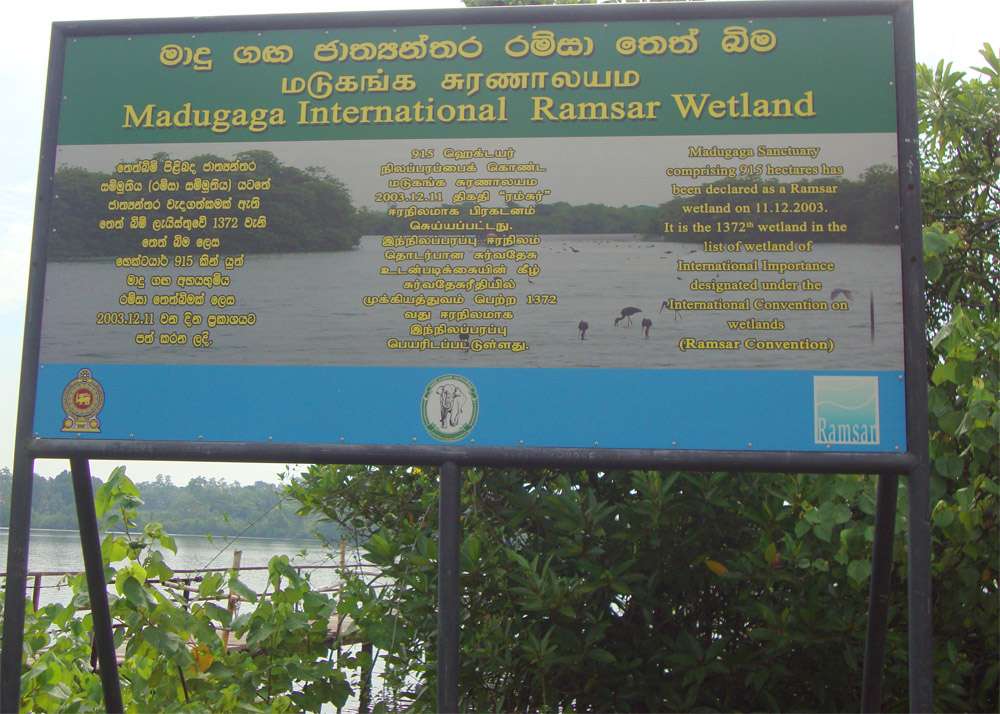
7. The Floating Market: A Cultural Experience
Another unique aspect of the Madu River is the vibrant floating market, where local vendors gather on boats to sell fresh produce, handicrafts, and traditional Sri Lankan delicacies. Exploring the market is an enriching cultural experience, offering a glimpse into the lives and customs of the riverine communities.



8. Ecotourism and Sustainability Initiatives
With an increasing focus on sustainability and ecotourism, the Madu River has become a prime destination for responsible travelers. Local communities are actively involved in preserving the river’s ecological balance while offering tourists an authentic experience that celebrates the region’s natural heritage.






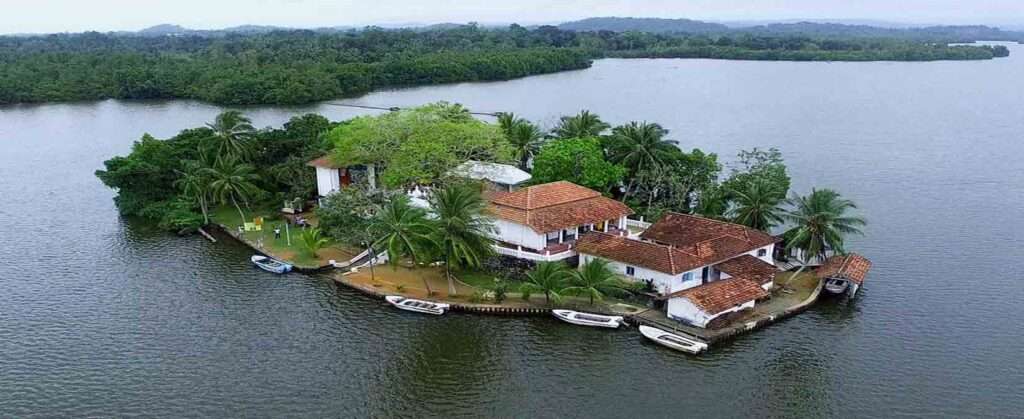
9. Mangrove Reforestation Projects
To safeguard the delicate mangrove ecosystems, several conservation organizations have initiated mangrove reforestation projects along the Madu River. Tourists can participate in these efforts, contributing to the preservation of this invaluable environment.
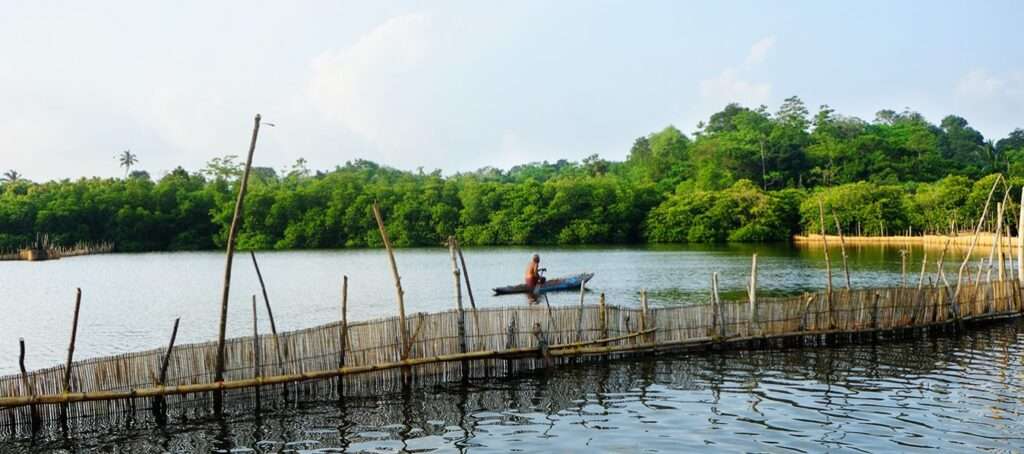
10. The Future of the Madu River
As tourism continues to flourish in Sri Lanka, the future of the Madu River depends on responsible travel practices and sustainable development. It is essential for both visitors and locals to cherish this natural wonder and protect its unique ecosystems for generations to come.



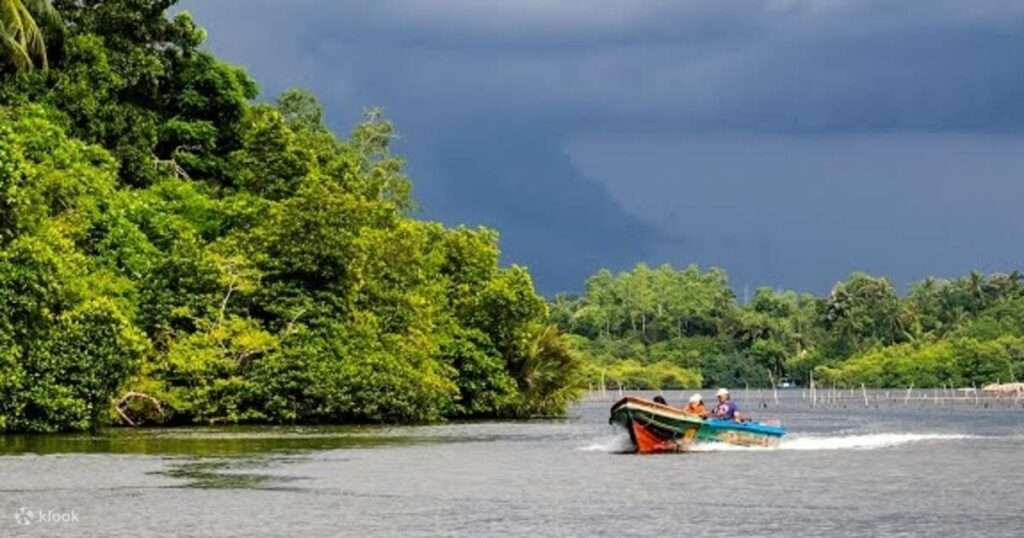
Conclusion
The Madu River is not just a waterway; it’s a living testament to the harmony between man and nature. Its lush mangroves, diverse wildlife, and cultural richness make it a captivating destination for travelers seeking an authentic and soulful experience. By fostering responsible tourism and conservation efforts, we can ensure that this splendid river remains a treasure trove of natural wonders, allowing future generations to be captivated by its enchantment.
FAQs
- Is the Madu River suitable for a family trip? Absolutely! The Madu River offers a family-friendly experience with its boat safaris, wildlife sightings, and cultural encounters.
- What are the best months to visit the Madu River? The best time to visit is during the dry season, from November to April, when the weather is pleasant and conducive to exploration.
- Are boat safaris safe for children? Yes, boat safaris are safe for children, and life jackets are provided for all passengers.
- Can I buy souvenirs from the floating market? Yes, the floating market is an excellent place to purchase unique handicrafts and souvenirs crafted by local artisans.
- How can I contribute to mangrove reforestation efforts? Several local organizations accept volunteers and donations to support mangrove reforestation projects. You can inquire with them during your visit.
